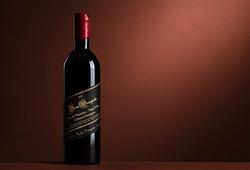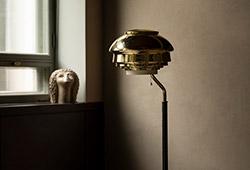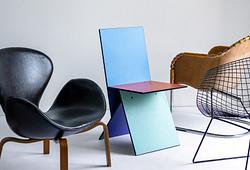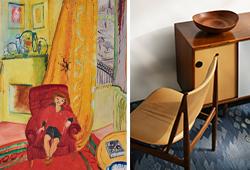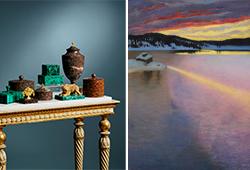Gustaviansk
Salt cellars, two pairs of similar, silver, Sweden, around the year 1800/early 19th Century
Oval with paw feet and inserts in blue glass.
Sven Dahlström, Gävle 1797, two pieces by Carl Fredrik Blom, Stockholm (active 1812-1837), and one with an unclear master stamp, 1830.
Height approx. 5 cm. Weight together without glass 150 grams.
Minor wear and dents. Glass inserts with chips.
Designer
The Gustavian era fell between 1775 and 1810. The furniture then takes on, in contrast to Rococo, a more restrained contour. The legs become straighter and tapered, the colours become softer in mostly grey-green and grey-blue tones. Typical to the Gustavian time is intarsia, inlays with medallions and classical borders. The chairs backrests are often straight spindles or a curved bundle of spindles, with the finer chairs have a padded back with a rosebud decoration at the top. A significant detail is the flower, "fleuron", which is often found in corner ornaments, leaf scroll decoration, and festoons of leaves, flowers, or fruits. Between the years of 1785-1810 is commonly known as the late-gustavian era and is known for its rigid clacissism. Rich intarsia decoration was replaced by smooth, dark mahogany with elegant brass fittings and moldings.
Read more



